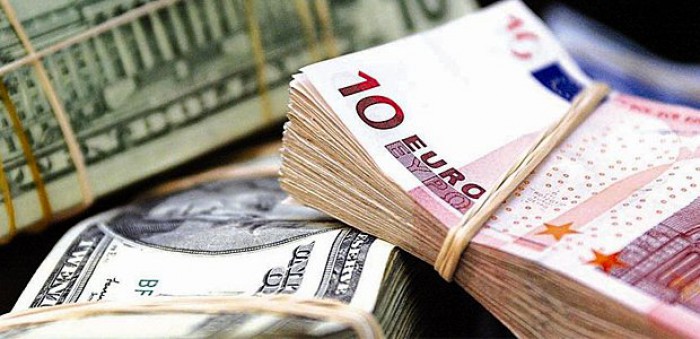
For the first time in October 2018, Moldova's foreign exchange reserves exceeded USD 3 billion. In fact, their level is the thermometer of the economy. Foreign exchange reserves are characterized by two aspects. It is about the degree of coverage with imports and the ability to cover the money in circulation (the volume of dollars against all lions in the market), IDIS Viitorul economist Veaceslav Ionita observes in the "15 minutes of economic realism" program.
Evolution of foreign exchange reserves shows what has happened to the country's economy. In 1994, they amounted to $ 180 million. Over the years, the Republic of Moldova has gone through three crises: 1998, 2009 and 2014. In 1998 foreign exchange reserves were $ 363 million, and almost three times down to $ 136 million. That crisis was reflected in the depreciation of the leu almost three times. Due to the fact that in the consumption of the population the share of import goods was significant, this depreciation led to a strong impoverishment of the population, economic crisis, political and consequently changing the political elite of the country
"The second crisis as the depth of 2014, as the volume of money with which the foreign exchange reserves were reduced. The crisis has led to a decline in the money supply, which is reflected in the reduction of loans to the economy. The only credits that grew up were those given to the population. In fact, the population was impoverished, but not in such a way as in 1998, "Ionita explained.
Another crisis was 2008-2009. In 2008, foreign exchange reserves fell by one-third to $ 1.1 billion. This crisis has been less felt by the population, as they have been a global and regional one. The countries of the region, the Russian Federation and Ukraine have had to depreciate their currency, Moldova is in full electoral campaign of this decision to maintain a stable exchange rate at any price. The NBM intervened and consumed a third of the foreign exchange reserves. As a result of the depreciation of the countries' currencies in the region, business suffered, only the economic agents in agriculture had losses of over 1.5 billion lei.
Referring to the level of foreign exchange imports, Ionita argues that in 1998 it was the only year in the history of the Republic of Moldova when the indicator was at a critical level and covered only a month and a half of imports.
When there was a compression of foreign exchange reserves, compensation in the economy took place through the depreciation of the national currency and the reduction of imports, which implies the impoverishment of the population.
"The crisis in 98 was caused by the lack of money from the imports made in the Russian Federation, in 2008-2009 the remittances decreased, and in 2014 a few things happened at the same time. Decreased imports on the background of bank robbery reduced remittances, foreign financing, and foreign investment. Total foreign currency inflows in the country have fallen to $ 3 billion from six billion annually, "Ioniţă said.
In conclusion, the economist IDIS Viitorul said that at present the NBM foreign exchange reserves are sufficient to ensure the Republic of Moldova's imports for six months and correspond to the money in circulation. Due to the increase in foreign exchange reserves, the NBM can continue the relaxation of foreign exchange policies, which remain still quite restrictive for both businesses and the population. In other words, the Republic of Moldova is not in a critical situation regarding the foreign exchange reserves and the repressive measures regarding the repatriation of the currency do not have any economic justification.
The show is made by IDIS "Viitorul" in partnership with Radio Free Europe.
For further details, please contact the press officer, Victor URSU, at the following address: ursu.victoor@gmail.com or at 069017396.